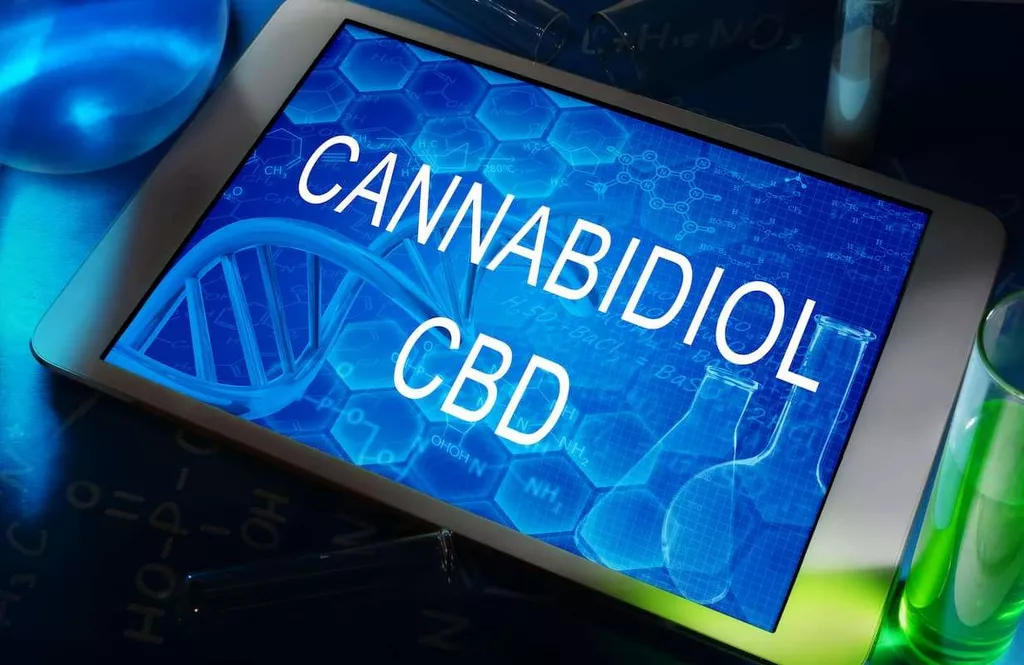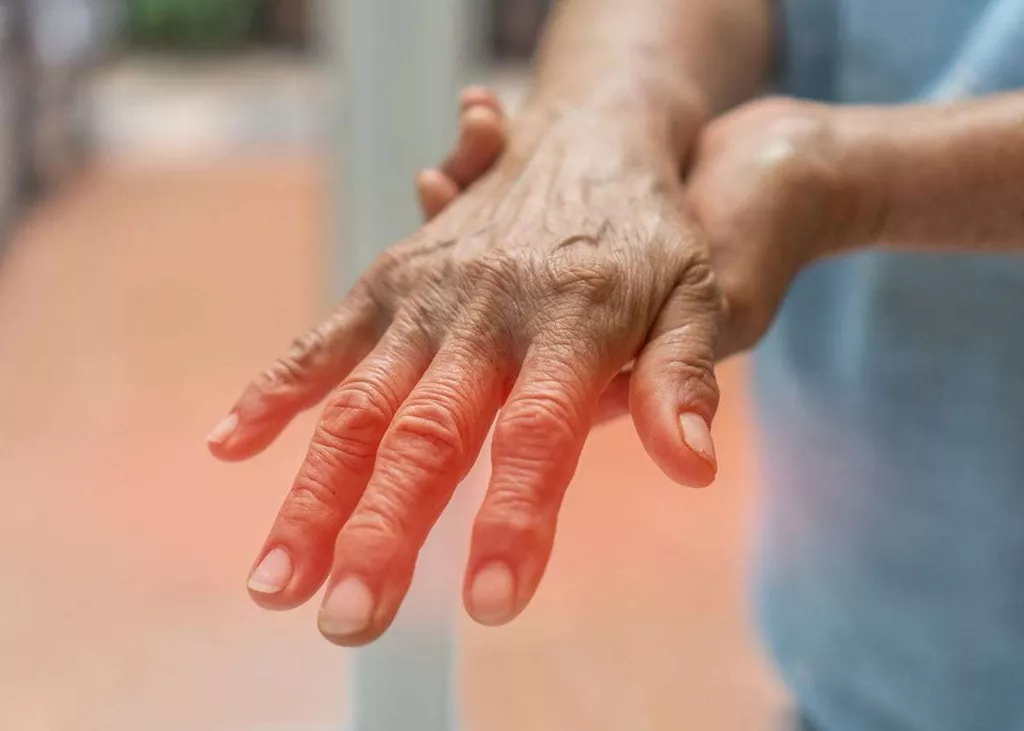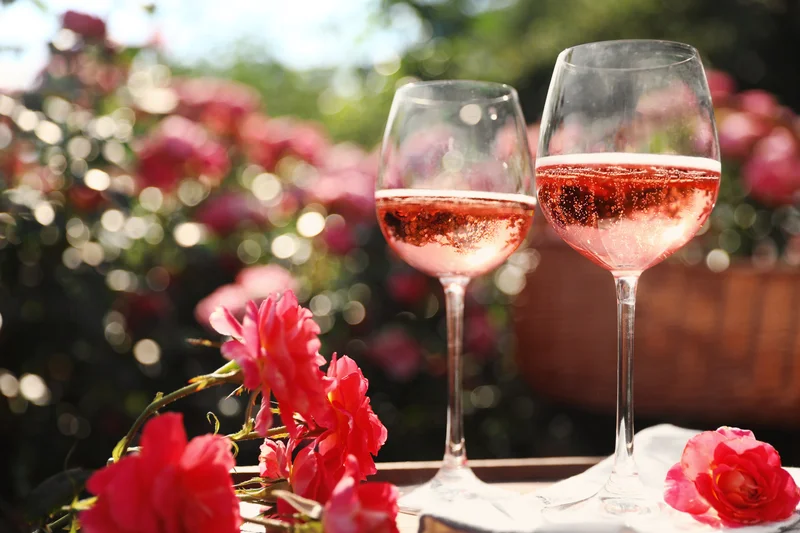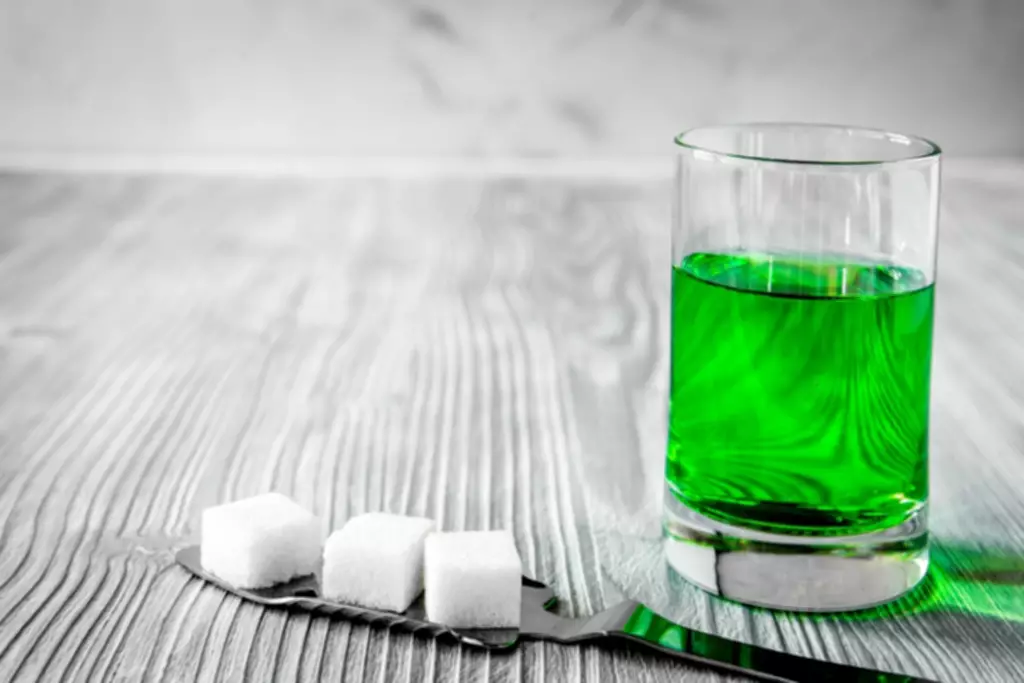
They all have the power to derail recovery efforts and can be triggered by similar factors like stress or environmental cues. While not all food cravings are related to addiction, for those struggling with food addiction, these cravings can be just as intense and disruptive as cravings for drugs or alcohol. The withdrawal from food addiction can be particularly challenging, as unlike drugs or alcohol, we can’t simply avoid food altogether.
d. Other Medications
Passionflower (Passiflora incarnata) is an herb traditionally used to promote relaxation and calm. It’s been studied for its potential anxiolytic (anti-anxiety) effects. Kudzu is a plant in traditional medicine whose flowers and roots are used to treat conditions like alcoholism. Experts believe its activity as an isoflavonoid, plant-based estrogen or phytoestrogen might be responsible for its effects. Then direct these same positive and loving thoughts to someone you care deeply about. After that, send these positive feelings to someone neutral or someone you don’t know very well.
Drink Refusal

If your entire social network revolves around drinking, you’re constantly paddling against the tide. The trick here is to shift your environment where possible and to learn to navigate social situations gracefully, without justifying or preaching. A simple, “No thanks, I’m good with water tonight” is often all that’s needed. If someone pushes, a polite but firm refusal, perhaps with a slight smile, is usually enough to signal that the conversation is over. Trying to convert your friends to your viewpoint is a futile pursuit; they’re not ready to hear it, and it will only trigger their defensiveness.
Urge Surfing
Ideally, these diversions also contribute to long-term or short-term goals, providing a sense of progress and accomplishment that can further diminish the power of cravings. Like naltrexone, acamprosate seems to work best for people who are able to stop drinking before starting treatment. When you drink alcohol while taking naltrexone, you can feel drunk, but you won’t feel the pleasure that usually comes with it. “You’re trying to make that relationship with alcohol have no rewards,” Holt says. Three drugs have FDA approval for alcohol use disorder, and each works differently.
If, for example, you usually drink Friday afternoons or evenings after work with drinking buddies or the gals, make plans to do something else during that time with other friends or family members who aren’t into drinking or drinking heavily. Have friends over for dinner that you make (unless drinking alcohol while you’re cooking is part of your routine). Recently nalmefene was reported to prevent alcohol-induced neuroinflammation and preference alcohol drinking in PND35 (TLR4 knockout) female adolescent mice in comparison to wild type adolescent mice.
- The following medications are in different phases of clinical trials and have a great potential for the treatment of the AUD (Figure -2).
- Studies show that mindfulness can even reduce the amount you drink.9 These activities promote self-acceptance and a sense of calm.
- PSNHDD effect sizes were significant for both topiramate and naltrexone.
- In an open-label controlled study, thirty patients received 75 mg of topiramate per day in addition to psychotherapeutic treatment, in comparison to the control group.
- The relationship between the expression of craving and relapse also must be investigated in more detail.
- Finally, it is important to develop improved methods for reliably measuring craving as well as new and valid approaches for inducing craving in clinical laboratory settings.
- Statistics from the National Institute of Alcohol Abuse and Alcoholism in 2019 revealed that 86% of people in the United States aged 18 and over have consumed alcohol at some point in life.
- They suggested that 4 μg/kg ondansetron twice a day was effective in patients with early onset alcoholism and craving (Johnson et al., 2002).
- For example, researchers still must determine the extent to which drinking behavior influences craving, or vice versa.
- We’ve helped thousands recover from addiction and we can help you too.
- We believe everyone deserves access to accurate, unbiased information about mental health and recovery.
- Changing your focus and attention can break the cycle of alcohol dependence.
Always consult with a healthcare professional before starting any medication. Meditation and mindfulness are two hot topics these days because they can create positive feelings and improve mental health. When learned and practiced, meditation can reduce urges and cravings as well as help develop a sense of calmness and well-being. Future directions should aim to continue basic and translational research to understand underlying mechanisms by which abused substances or misuses affect the brain at molecular, cellular and circuitry levels. The identification of common neurological mechanisms and their targets will lead to the development of new medications and other therapeutics for the targeted interventions in AUDs and other mental disorders.

The objective is to increase awareness what is alcoholism and acceptance of one’s experiences, even the discomforting ones like cravings, instead of attempting to suppress or avoid them. Practitioners of MBRP believe that the ability to sit with discomfort, observe it without judgment, and let it pass can significantly reduce the power of a craving. This philosophy can include techniques such as urge surfing, where one imagines the craving as a wave, peaking in intensity and then naturally subsiding. Lean proteins can keep you feeling full and satisfied, reducing the chance of misinterpreting hunger as an alcohol craving.

In my opinion, the APA guideline suggests 2C in suggestion ranking for disulfiram, recognizing that disulfiram is not to be prescribed as the first line drug for AUD patients. The US FDA () has so far approved three drugs—disulfiram oral dose in 1951, naltrexone in oral use in 1994 and long‐acting injection use in 2006, and acamprosate in oral use in 2004—for patients with AUD after stopping their use of alcohol. Finally, the author covered putative mechanism of actions of those drugs, described their prescriptions in clinical practice, and addressed the issue of underuse in prescribing this class of anticraving drugs.
How Long Does Naltrexone Block Alcohol Cravings?
Alcohol use disorder is defined by a range of possible symptoms, including the inability to stop or control one’s drinking despite negative consequences. Meditation and similar activities can reduce stress,8 helping you manage alcohol cravings. Studies show that mindfulness can even reduce the amount you drink.9 These activities promote self-acceptance and a sense of calm.
Depending on the severity of alcohol addiction, one should consider alcohol withdrawal under medical supervision. Side effects of detoxification, such as seizures, can be dangerous and life-threatening. Studies show that gabapentin might be most effective in maintaining abstinence. It might work best in those with a history of severe alcohol withdrawal symptoms.
Ways to Deal With Urges and Cravings
On top of that, you can experience emotional turmoil and feel like a failure when you succumb to your desire to drink. This can exacerbate mental health concerns and create a harmful cycle that hurts your well-being. If your cravings for alcohol cravings have to do with withdrawal, they’ll usually be gone in four to five days. That said, it’s possible that the urge to drink will stick around for the long haul. But I mean, hey, the benefits of sobriety are definitely worth not giving in to those cravings.

Comment